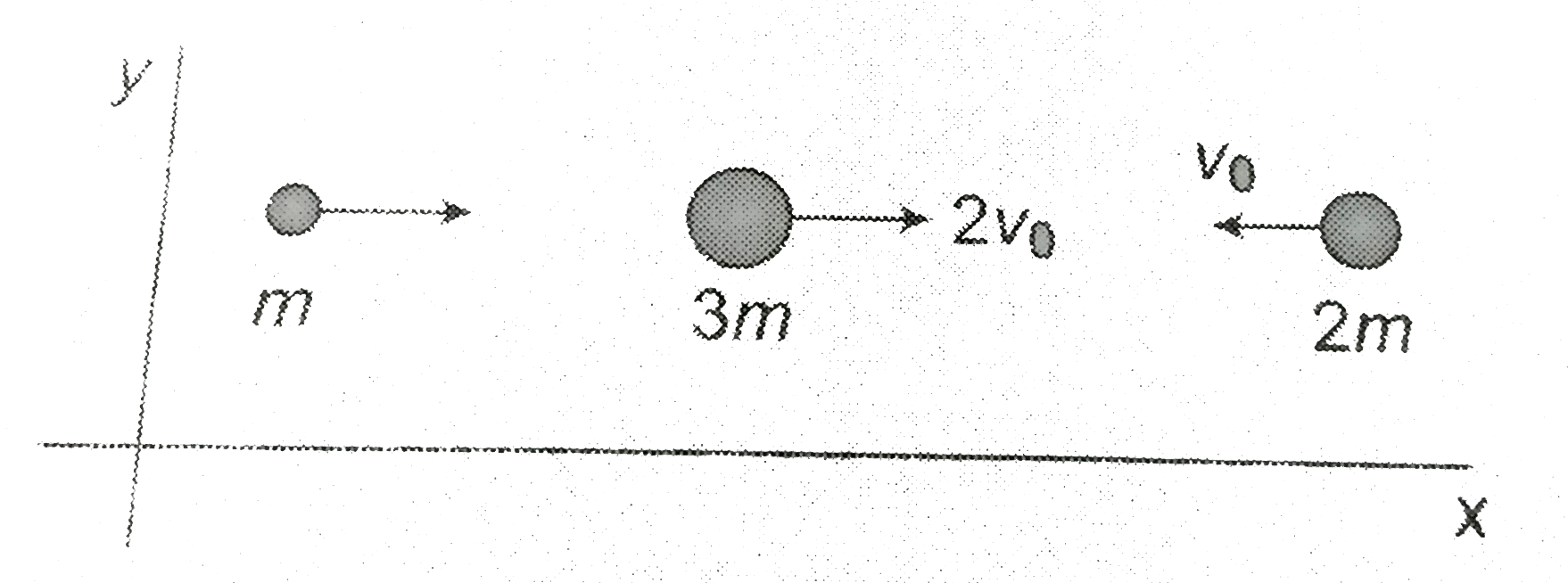Heat has randomising influence on a system and temperature is the measure of average chaotic motion of particles in the system.Write the mathematical relation which relates these three parameters.
To derive the mathematical relation that connects heat, temperature, and the average chaotic motion of particles in a system, we can follow these steps:
Step 1: Understand the Concepts
- Heat (Q): This is the energy transferred between systems or objects with different temperatures (thermal energy).
- Temperature (T): This is a measure of the average kinetic energy of the particles in a substance, which reflects the chaotic motion of those particles.
- Entropy (S): This is a measure of the disorder or randomness in a system. Higher entropy indicates greater disorder.
Step 2: Relate Entropy to Heat and Temperature
In thermodynamics, the change in entropy (ΔS) for a reversible process can be defined mathematically as:
ΔS=QrevT
Where:
- ΔS is the change in entropy.
- Qrev is the heat exchanged in a reversible process.
- T is the absolute temperature of the system.
Step 3: Interpret the Equation
This equation tells us that the change in entropy of a system is directly proportional to the heat added to the system in a reversible process and inversely proportional to the temperature at which the process occurs.
Step 4: Final Relation
Thus, the mathematical relation that connects heat, temperature, and the average chaotic motion of particles (through entropy) is:
ΔS=QrevT
- Heat (Q): This is the energy transferred between systems or objects with different temperatures (thermal energy).
- Temperature (T): This is a measure of the average kinetic energy of the particles in a substance, which reflects the chaotic motion of those particles.
- Entropy (S): This is a measure of the disorder or randomness in a system. Higher entropy indicates greater disorder.
In thermodynamics, the change in entropy (ΔS) for a reversible process can be defined mathematically as:
- ΔS is the change in entropy.
- Qrev is the heat exchanged in a reversible process.
- T is the absolute temperature of the system.
This equation tells us that the change in entropy of a system is directly proportional to the heat added to the system in a reversible process and inversely proportional to the temperature at which the process occurs.
Thus, the mathematical relation that connects heat, temperature, and the average chaotic motion of particles (through entropy) is:
Topper's Solved these Questions
- THERMODYNAMICSBook:MODERN PUBLICATIONChapter:THERMODYNAMICSExercise:NCERT Exemplar Problems (Matching Type Questions)
Explore 4 Videos
- THERMODYNAMICSBook:MODERN PUBLICATIONChapter:THERMODYNAMICSExercise:NCERT Exemplar Problems (Assertion and Reason Type Questions)
Explore 3 Videos
- THERMODYNAMICSBook:MODERN PUBLICATIONChapter:THERMODYNAMICSExercise:NCERT Exemplar Problems (MCQ (Type - II))
Explore 5 Videos
- STRUCTURE OF ATOMBook:MODERN PUBLICATIONChapter:STRUCTURE OF ATOMExercise:Unit Practice Test
Explore 13 Videos
Similar Questions
Heat has randomising influence on a system and temperature is the measure of average chaotic motion of particles in the system.Write the mathematical relation which relates these three parameters.
View SolutionWrite an expression for the position vector of the centre of mass of n-particle system. Also write the equations of motion which govern the motion of the centre of mass
View Solution
Knowledge Check
When heat is added to a system at constant temperature, which of the following is possible.
AInternal energy of system increasesBWork is done by the systemCNeither internal energy increases nor work done by the systemDInternal energy increaes and work is done by the systemAssertion: Charge is invariant. It means the net charge of a system does not change even if the system is in a state of motion.
Reason: If m0 is the mass of a particle in state of rest then the mass of the particle changes according to speed (v) of particle and can be calculated using following relation.
m=m0√1−v2c2AIf both assertion and reason are correct and reason is a correct explanation of the assertion .BIf both assertion and reason are correct but reason is not the correct explanation of assertionCIf assertion is correct but reason is incorrectDIf assertion is incorrect but reason is correct.Which of the following relates to light as wave motion as well as a stream of particles ?
ADiffractionBPhotoelectric effectCInterferenceDNone of these
Write down the relation between the load and the effort of the pulley system.
View SolutionWhich of the following relates to photons both as wave motion and as a stream of particles?
View SolutionA system consists of three particles in motion as shown. Find the velocity of c.m.

View SolutionWhich of the following relates to photon both as wave motion and as a stream of particles ?
View SolutionIf n is the numerical value of a physical quantity in the system in which its unit is u. then which of the following relations is correct?
View Solution

